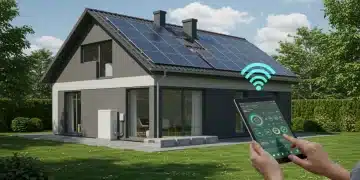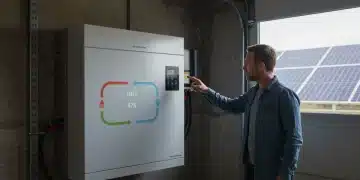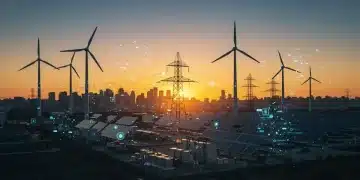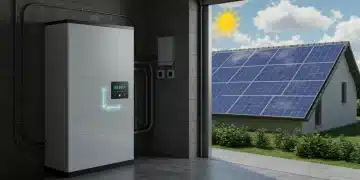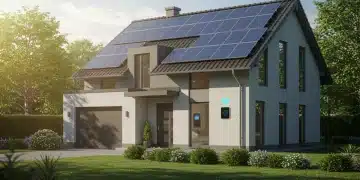Maximize Solar Energy Use: Optimize Energy Storage in US Homes

Maximizing self-consumption of solar energy in US homes involves strategically optimizing energy storage settings to reduce reliance on the grid and enhance energy independence, leading to cost savings and environmental benefits.
Are you looking to get the most out of your solar panels? Maximizing self-consumption by optimizing energy storage settings is the key to unlocking greater energy independence and savings in your US home.
Understanding Self-Consumption of Solar Energy
Self-consumption refers to using the solar energy generated by your panels directly in your home, rather than sending it back to the grid. Understanding this concept is vital for homeowners aiming to maximize the benefits of their solar panel systems.
Why Self-Consumption Matters
Self-consumption helps reduce your reliance on grid electricity, especially during peak demand hours, leading to lower electricity bills and a smaller carbon footprint.
Factors Influencing Self-Consumption
Several factors impact self-consumption, including household energy usage patterns, the size of your solar panel system, and the capacity of your energy storage system.
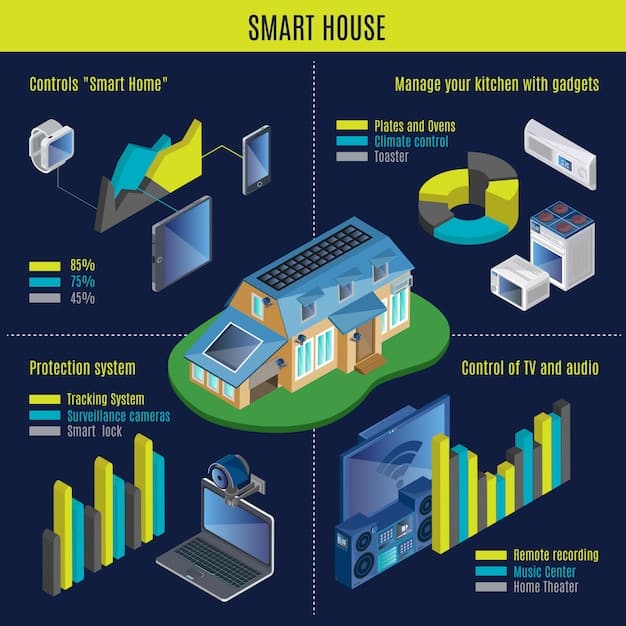
Considering these aspects will help you make informed decisions about optimizing your energy storage settings. These are concrete steps that lead to higher self-sufficiency and savings.
- Energy Audit: Conduct a thorough energy audit to understand your household’s energy consumption patterns.
- Optimize Appliance Usage: Shift energy-intensive activities to periods of high solar production.
- Proper System Sizing: Ensure your solar and storage systems are appropriately sized for your energy needs.
Ultimately, understanding and managing these components is essential for realizing the full potential of your solar investment and moving closer to self-reliance.
The Role of Energy Storage Systems
Energy storage systems, such as batteries, play a crucial role in maximizing self-consumption. They allow you to store excess solar energy generated during the day and use it later when the sun isn’t shining.
Benefits of Energy Storage
Energy storage provides numerous benefits, including increased energy independence, backup power during outages, and the ability to participate in grid services programs.
Types of Energy Storage Systems
Different types of energy storage systems are available, including lithium-ion batteries, lead-acid batteries, and flow batteries. Each type has its own advantages and disadvantages in terms of cost, lifespan, and performance.
- Lithium-ion Batteries: Offer high energy density, long lifespan, and are relatively compact.
- Lead-acid Batteries: More cost-effective but have a shorter lifespan and lower energy density.
- Flow Batteries: Suitable for large-scale applications with long discharge durations.
Selecting the right energy storage solution is key to enhancing self-consumption of solar and achieving sustainable energy goals.
Optimizing Battery Settings for Self-Consumption
Configuring your battery settings correctly is essential for maximizing self-consumption. This involves understanding various settings and adjusting them to match your energy usage patterns.
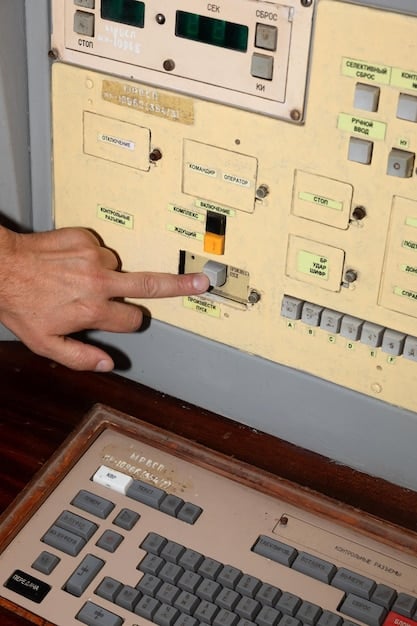
Understanding Battery Settings
Common battery settings include charge rate, discharge rate, depth of discharge, and operating mode. Each setting affects how your battery stores and releases energy.
Best Practices for Battery Optimization
To optimize your battery settings for self-consumption, consider the following best practices. Doing so ensures efficient use of your system and maximized return on investment.
Setting up Time-of-Use (TOU)
A grid-tied solar battery system can be optimized using Time-of-Use settings available on the inverter. This will help you automate when the home pulls power from the battery, or the grid.
- Align TOU with Peak Demand: Set your system to prioritize battery use during peak TOU hours to minimize grid purchases.
- Optimize Charge Rate: Adjust the charge rate to ensure your battery is fully charged before peak demand begins.
- Set the Depth of Discharge: Set the ideal depth of discharge based on the energy requirements for the home.
Optimizing these settings will help your system effectively respond to rates and reduce reliance on imported energy.
Strategies for Maximizing Solar Energy Use
In addition to optimizing energy storage settings, several other strategies can help you maximize solar energy use in your home. These strategies involve both energy conservation and smart energy management.
Energy Conservation Techniques
Reducing your overall energy consumption is the first step toward maximizing self-consumption. This can be achieved through simple changes in behavior and energy-efficient upgrades. Here are a few tips:
Smart Energy Management
Implementing smart energy management technologies can further enhance self-consumption. These technologies automate energy usage based on real-time conditions and preferences. Some of those include:
Utilizing Smart Home Devices
Smart home devices, such as smart thermostats and lighting systems, can be integrated with your solar and storage systems to optimize energy usage. This helps further minimize reliance on the grid.
- Automated Adjustments: Smart thermostats can automatically adjust the temperature based on occupancy and time of day.
- Smart Lighting: Use smart lighting to reduce energy consumption and adjust brightness levels based on natural light availability.
- Energy Monitoring: Smart energy monitors can provide real-time insights into energy usage patterns.
Combining innovative technologies and practical steps significantly increases energy independence and reduces costs.
Overcoming Challenges to Self-Consumption
While maximizing self-consumption offers many benefits, it’s essential to be aware of the challenges involved. Overcoming these challenges will ensure a smooth transition to increased energy independence.
Initial Investment Costs
The initial cost of installing solar panels and energy storage systems can be a significant barrier for many homeowners. However, various financing incentives and rebates are available.
Weather Dependency
Solar energy production is dependent on weather conditions, which can impact self-consumption rates. Consider this with the best practices that are previously listed:
Managing Battery Lifespan
Batteries have a limited lifespan and require proper maintenance to ensure optimal performance. By being proactive with your batteries, you can improve costs.
- Regular Maintenance: Periodically inspect and maintain your batteries to ensure they are functioning correctly.
- Optimal Operating Conditions: Avoid exposing batteries to extreme temperatures or high humidity.
- Proper Cycling: Follow recommended charging and discharging practices to prolong battery life.
Being proactive can overcome challenges to self-consumption and improve your investments payback period.
The Future of Self-Consumption in the US
The future of self-consumption in the US looks promising as technology advances and regulations evolve. Increased adoption of solar and storage systems, along with supportive policies, will drive further growth.
Advancements in Technology
Ongoing research and development are leading to more efficient and cost-effective energy storage solutions. These improvements will make self-consumption more accessible to a wider range of homeowners.
Policy and Regulatory Support
Government incentives, such as tax credits and rebates, play a crucial role in promoting self-consumption. Supportive policies can accelerate the adoption of solar and storage systems, reducing reliance on fossil fuels.
Grid Modernization
Modernizing the grid to accommodate distributed energy resources will be essential for maximizing self-consumption. This includes better communication between homes and the grid, allowing for more efficient energy management.
Technological advances and regulatory support will be essential for a future where homes are more self-sufficient and sustainable.
| Key Point | Brief Description |
|---|---|
| ☀️ Solar Energy | Generating power directly from sunlight. |
| 🔋 Energy Storage | Storing excess solar energy for later use. |
| 💡 Self-Consumption | Using generated solar energy directly at home. |
| 🏠 Energy Audit | Evaluate home energy usage to enhance efficiency. |
Frequently Asked Questions (FAQ)
Self-consumption refers to using the solar energy produced by your panels within your home, rather than sending it back to the grid, reducing reliance on external power sources.
Energy storage systems, like batteries, store excess solar energy for use when the panels aren’t producing, increasing self-consumption and providing backup power.
Optimize charge rates, discharge rates, depth of discharge, and operating modes to align with your energy usage patterns and maximize self-consumption of solar energy.
Techniques include using energy-efficient appliances, improving insulation, reducing standby power consumption, and adjusting thermostat settings to minimize energy use.
Homeowners can find different incentives such as federal tax credits, state rebates, and local utility programs that help lower the upfront costs of adoption.
Conclusion
Maximizing self-consumption of solar energy through optimized storage settings offers significant financial and environmental benefits for US homeowners. By understanding energy usage, strategically configuring battery settings, and addressing challenges, you can unlock greater energy independence and contribute to a more sustainable future.
